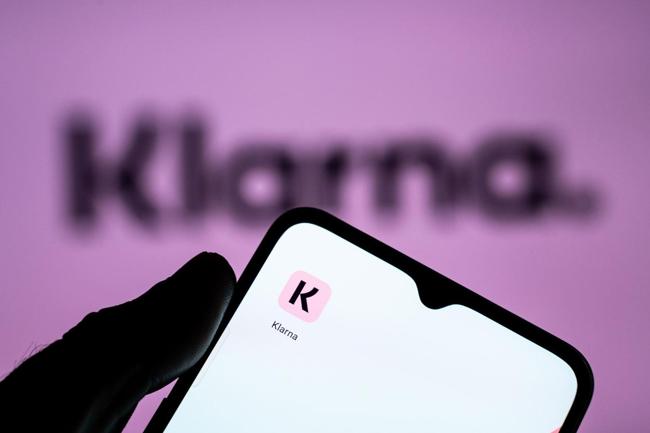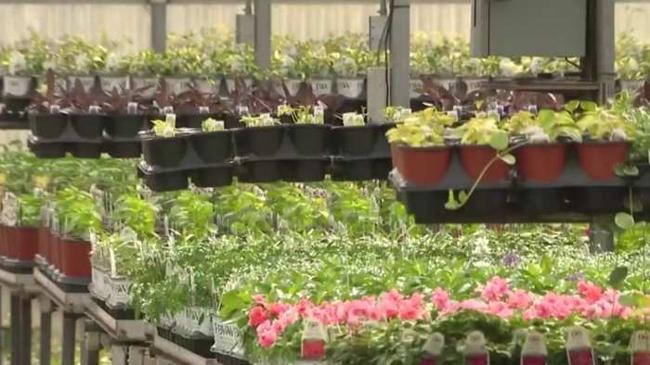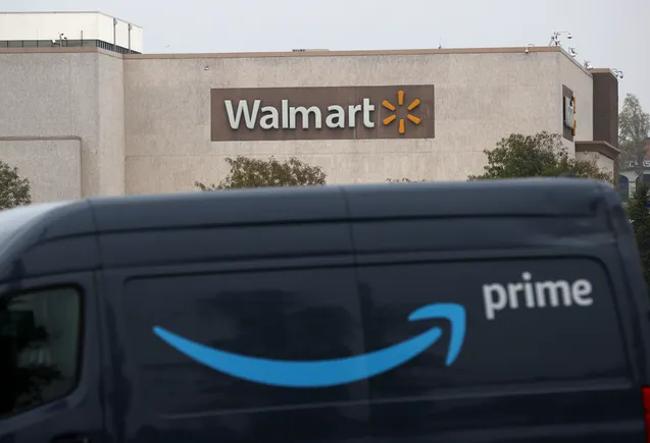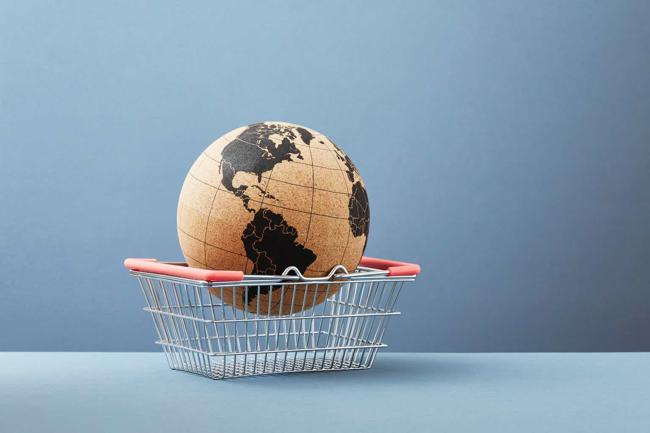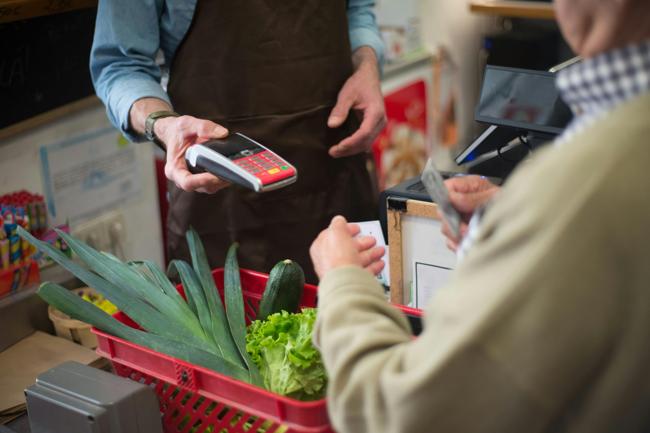Summary
American shoppers are increasingly using buy now, pay later loans to buy groceries, and more people are also paying those bills late, according to a new spending survey.
Source: Forbes

AI News Q&A (Free Content)
Q1: How prevalent is the use of Buy Now, Pay Later (BNPL) for groceries among American consumers?
A1: BNPL is increasingly used by American consumers for grocery purchases, particularly among younger consumers and those from economically deprived areas. This trend reflects a broader reliance on BNPL services, which allow consumers to defer payments without interest, yet poses concerns about financial management and potential debt accrual.
Q2: What are the economic implications of using BNPL services for groceries?
A2: The economic implications of using BNPL for groceries include the risk of accumulating debt, as these services often allow consumers to purchase more than they can afford. Research indicates that BNPL transactions are frequently charged to credit cards with high-interest rates, raising concerns about the consumer's financial health and regulatory oversight.
Q3: What advancements have been made in grocery tracking systems for smart homes?
A3: Recent advancements in grocery tracking systems for smart homes involve the integration of AI and vision-based object detection systems. These systems aim to automate grocery tracking and ordering by using data from retail shelving and home storage, thereby enhancing home automation and supply management.
Q4: Can you explain the concept of the Scale-Score in online grocery shopping and its benefits?
A4: The Scale-Score is a label used in online grocery shopping to provide nutritional and environmental information, helping consumers make informed choices. It highlights the benefits of a product for both consumer and planetary health. Although effective for nutritional guidance, its sustainability support requires improvement.
Q5: How does BNPL usage in the grocery sector reflect consumer behavior under inflationary pressures?
A5: BNPL usage in groceries reflects consumer behavior adapting to inflationary pressures by deferring payments. This financial strategy indicates a shift towards managing immediate necessities while grappling with rising costs, although it may lead to financial strain if not managed carefully.
Q6: What regulatory challenges are associated with the use of BNPL for groceries?
A6: The regulatory challenges include ensuring consumers are protected from potential debt accumulation due to BNPL usage. This involves questions about allowing BNPL refinancing on credit cards, which can carry high-interest rates, and the need for regulatory frameworks to prevent financial exploitation.
Q7: What role do supermarkets play in facilitating BNPL services for grocery shopping?
A7: Supermarkets play a crucial role by partnering with BNPL service providers to offer these payment options at checkout. This collaboration aims to attract more customers by offering flexible payment solutions, thus increasing sales and customer satisfaction in a competitive retail environment.
References:
- Buy Now, Pay Later (BNPL)...On Your Credit Card
- Vision-Based Automatic Groceries Tracking System -- Smart Homes
- Scale-Score: Food Label to Support Nutritious and Sustainable Online Grocery Shopping

